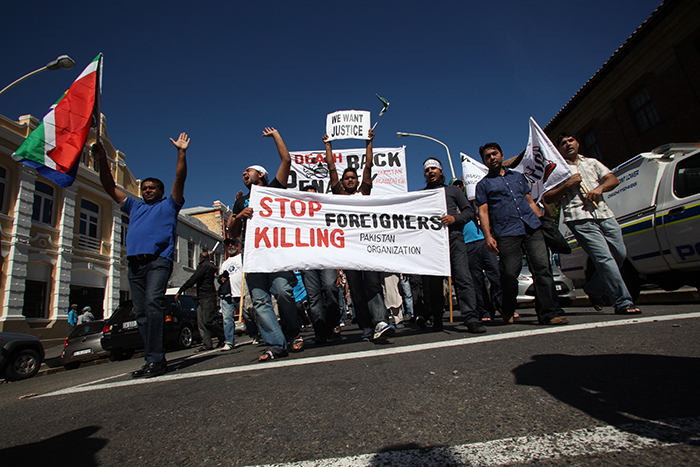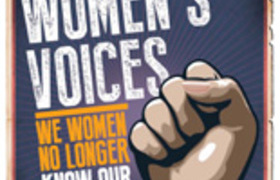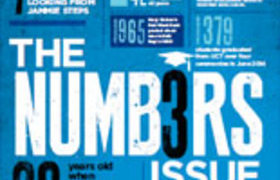Violence and the political discourse
26 October 2015
A recent indaba on homicide, hosted by UCT's Safety and Violence Initiative, explored the scourge of murder, and looked at some possible political influences on the violence committed by citizens against non-nationals.
With more people being murdered in South Africa this year than last year, the country’s latest crime statistics (released on 29 September) make for grim reading.
The murder rate increased for the third year running, and on average, 49 people are killed each day. Daily, another 48 suffer attempts on their lives. This increase has jolted South Africans, who until three years ago had seen the murder rate decrease by 50% since 1994.
But it’s not just criminally motivated violence that menaces the populace. A recent homicide colloquium hosted by UCT’s Safety and Violence Initiative heard dozens of papers on the subject, from studies about who gets murdered in South Africa, to the security of women using public transport to research into preventing homicide.
The colloquium closed by exploring how, if at all, the actions of the uppermost echelons of government infl uence violence in South Africa and Kenya.
Dr Laura Freeman and Shayni Geffen asked how much President Jacob Zuma’s utterances fuelled – or soothed – the violent attacks on non-South Africans this year. And how, if at all, did Kenyan president Uhuru Kenyatta’s statements in the aftermath of the deadly attack on Garissa University pacify or encourage anti-‘foreigner’ sentiment in his country.
By carefully scrutinising the language each president used in their offi cial public utterances on these horrors, Freeman and Geffen teased out nuances that could have material impacts on South African and Kenyan attitudes and actions towards (or against) non-nationals.
In popular discourse, both countries were said to have a “migrant problem” – which was typifi ed as a ‘problem’, noted Geffen.
Non-nationals were associated with negative discourses in both countries, with Somali-Kenyans associated with terrorism, and non-nationals in South Africa commonly accused of ‘stealing jobs’ and being criminals.
Conservatively estimated, at least three non-nationals were murdered in South Africa every week, said Freeman. Non-nationals also endured 95% of crime against spaza shop owners, but own only half of the country’s spaza shops.
When non-nationals were attacked en masse in KwaZulu-Natal this year, Zuma, as president, made a number of public statements on the atrocities. Geffen noted some key differences in how the two presidents had framed non-nationals in their respective countries. Zuma, she explained, associated non-nationals with “social deviances”.
Kenyatta, on the other hand, deliberately separated Somali-Kenyans and ‘terrorisms’, locating terrorism as a national problem rather than an imported one. Somali-Kenyans are commonly stereotyped as terrorists, and Kenyatta consciously opposed that discourse.
Both presidents used the rhetoric of denying that there was any signifi cant intolerance of non-nationals in their countries, and simultaneously glorifying their own countries, which was done largely by blaming other countries for any problems, or pointing out how much better their own countries were than others.
“While both presidents used these discourse strategies, Zuma did so to a far greater extent than Kenyatta and in arguably a far more problematic way.”
In one speech, Zuma mentioned the need to “quell violence” 13 times, but mentioned the idea of tolerance just once. Kenyatta chose to emphasise the need to change Kenyans’ attitudes towards non-nationals, preaching “unifi cation and tolerance”.
These “discourse strategies” had real sociopolitical impacts, said Geffen, reinforcing unfair power relations and even justifying violence.
Story by Yusuf Omar. Photo by Shelley Christians, Gallo Images.
 Read more stories from the
Read more stories from the
October 2015 edition.
 This work is licensed under a Creative Commons Attribution-NoDerivatives 4.0 International License.
This work is licensed under a Creative Commons Attribution-NoDerivatives 4.0 International License.
Please view the republishing articles page for more information.
Editorial
Previous Editions










